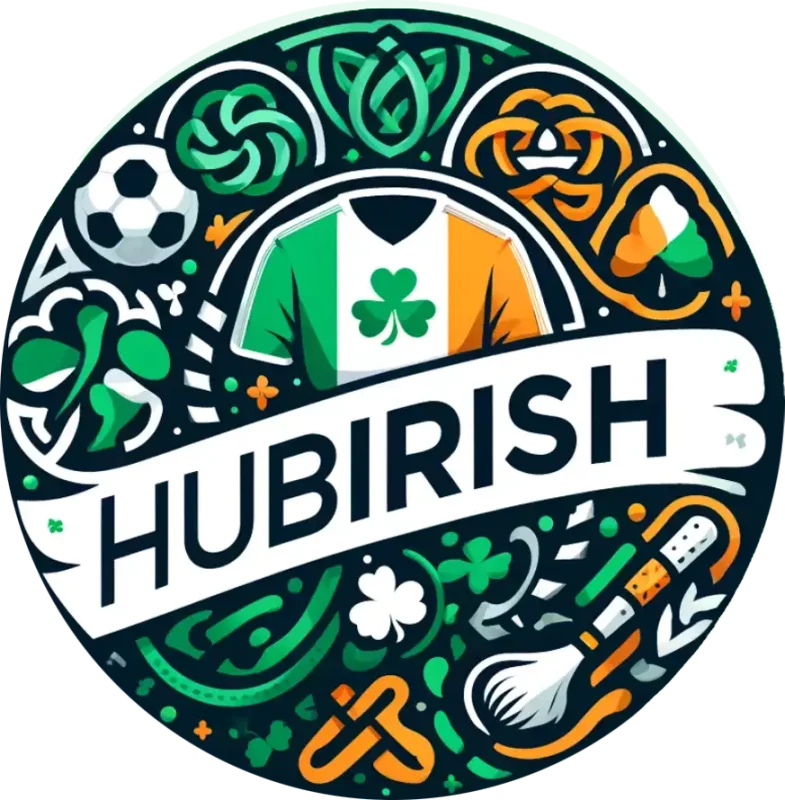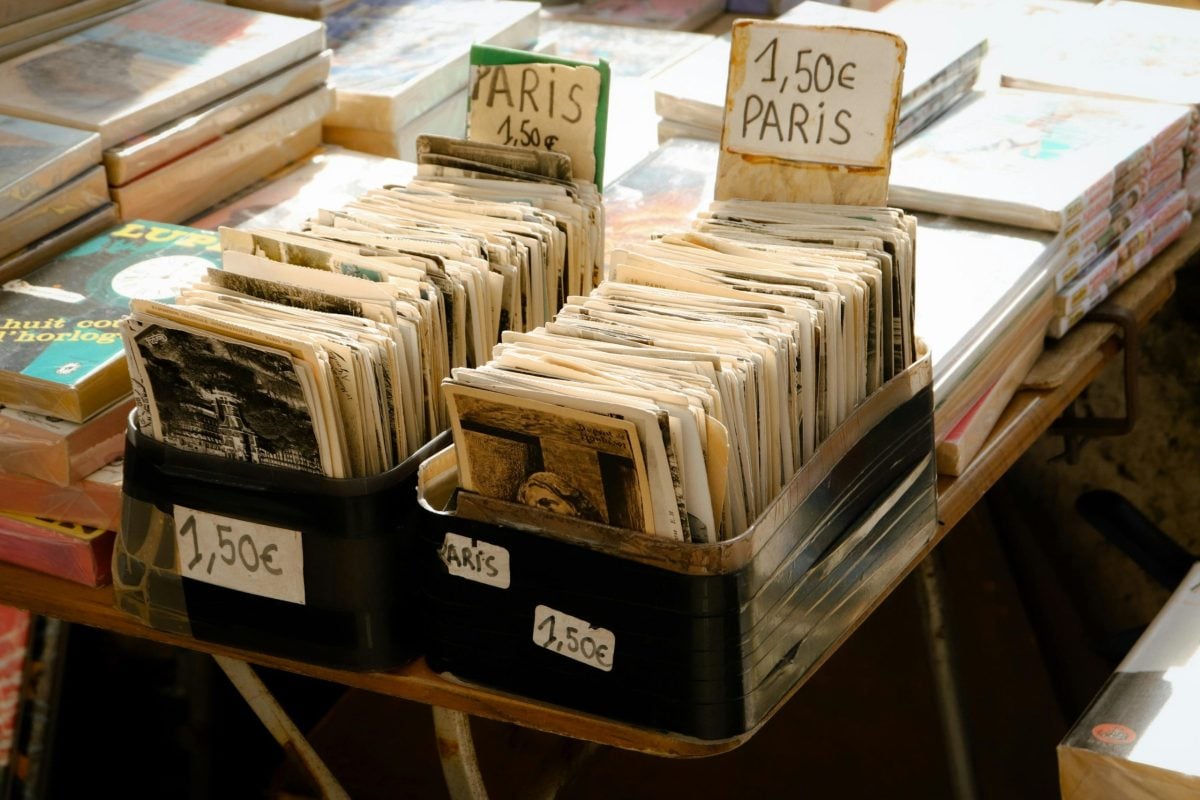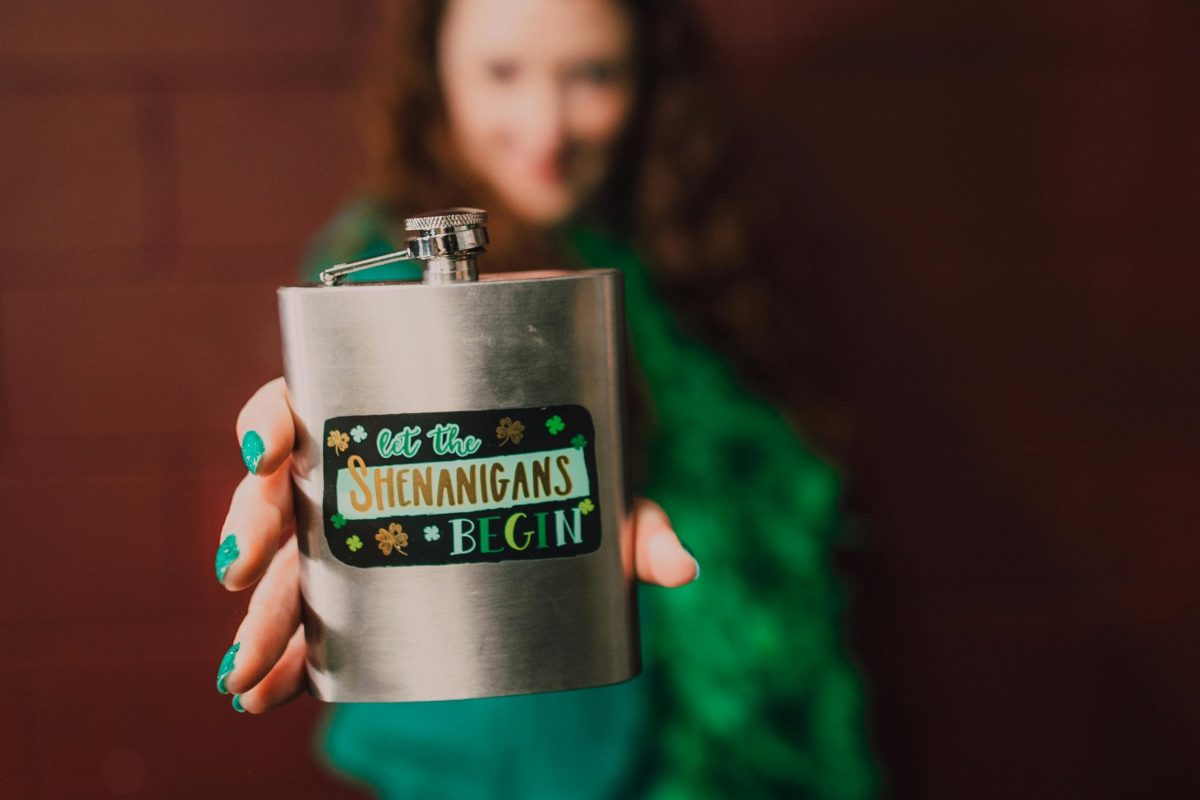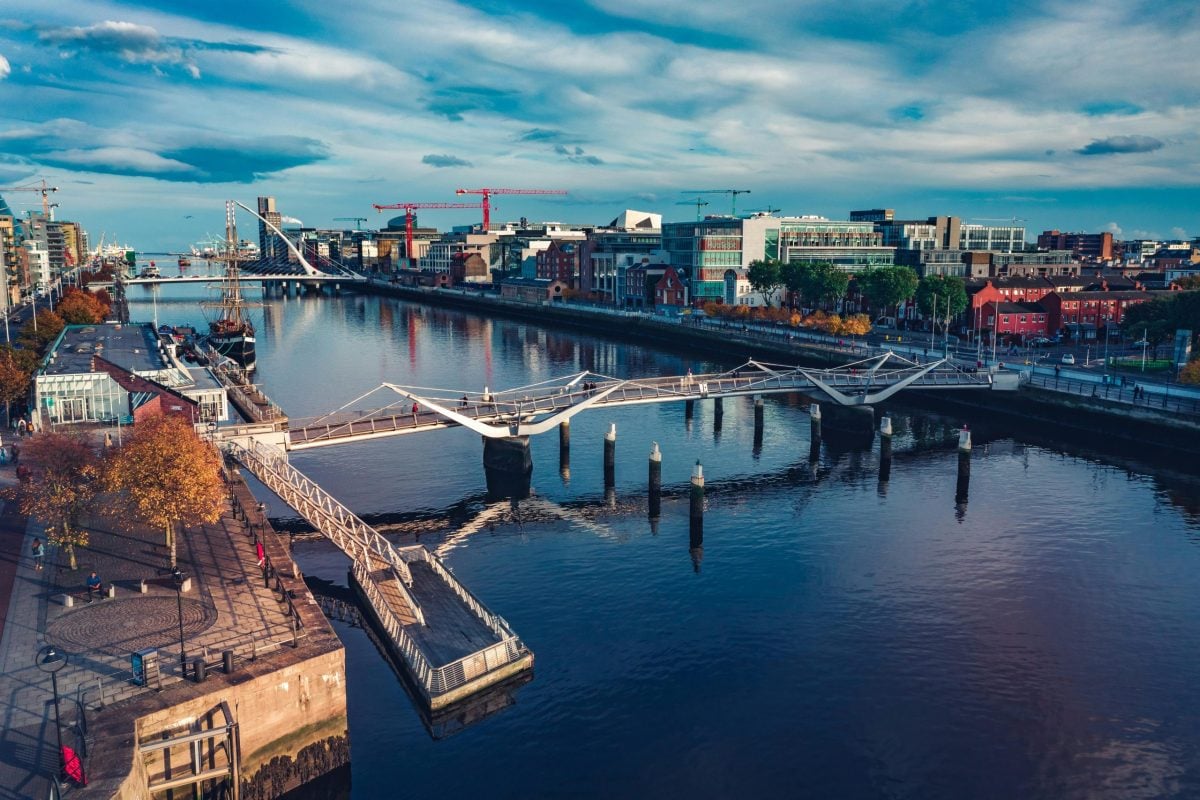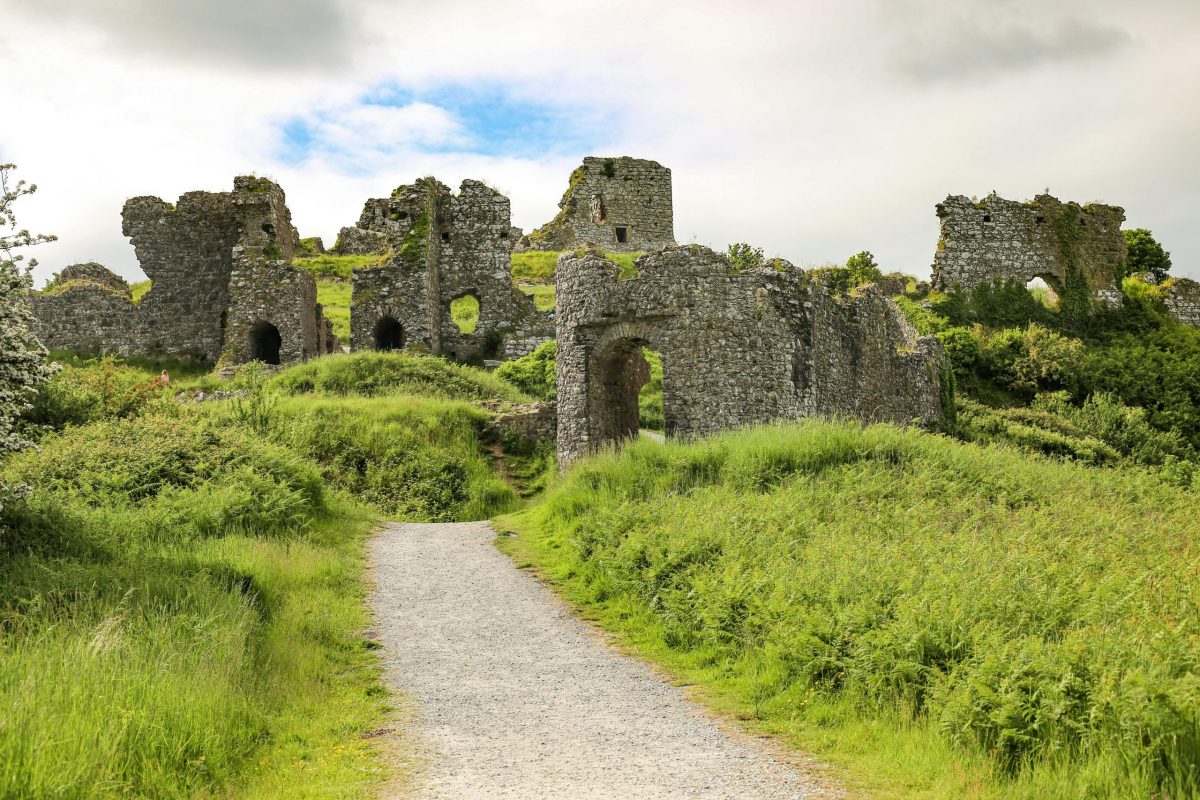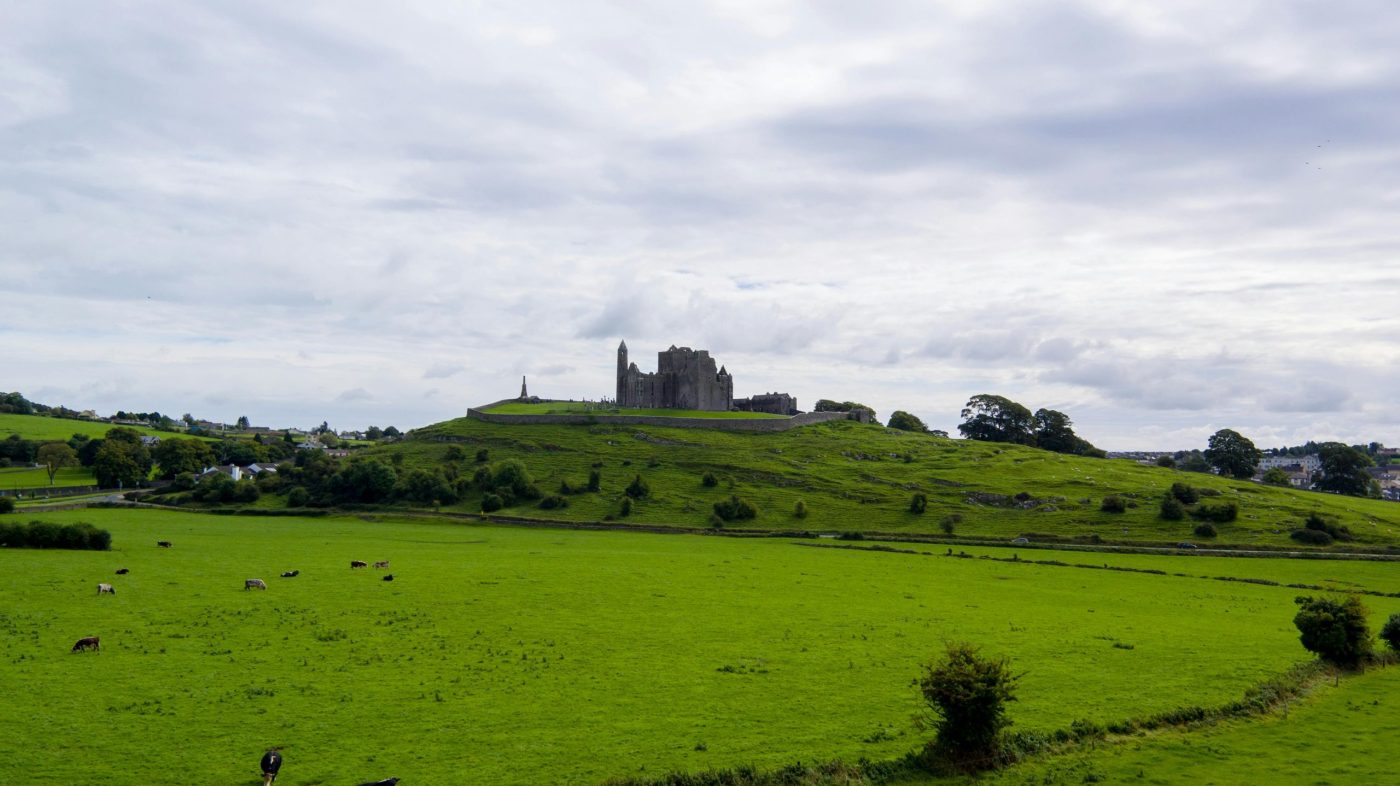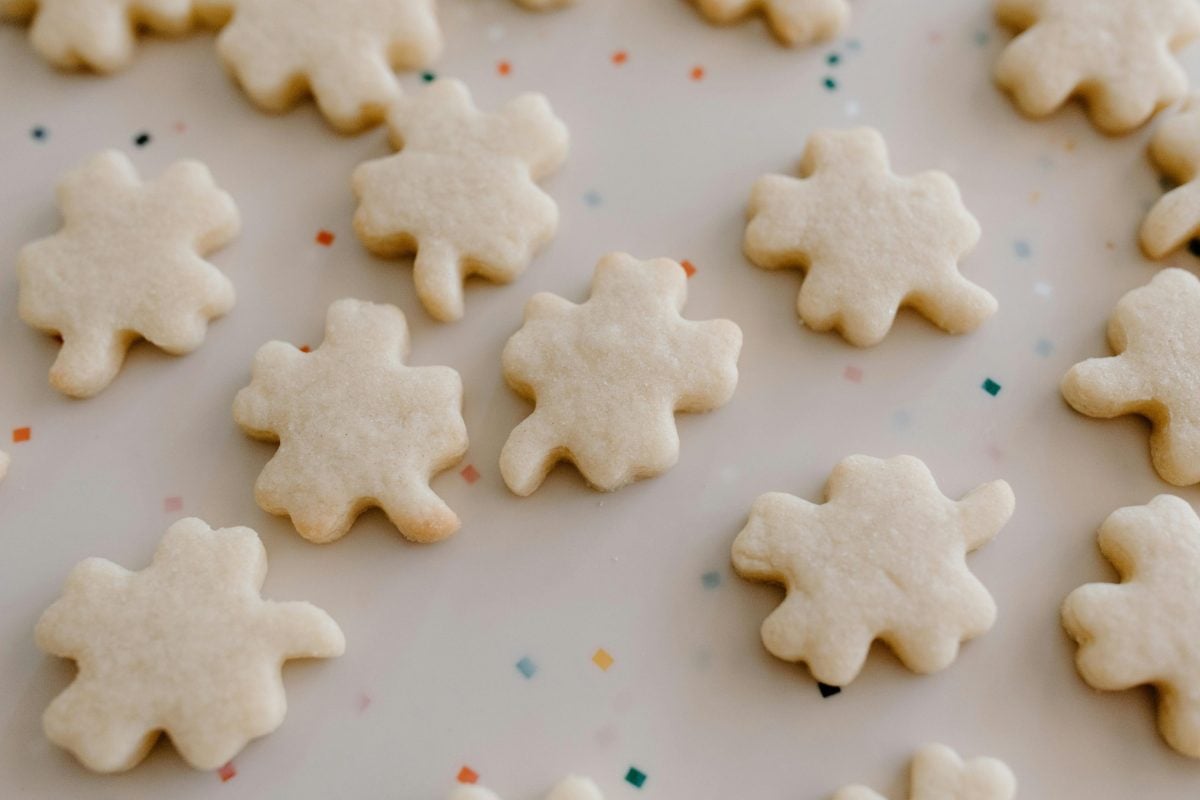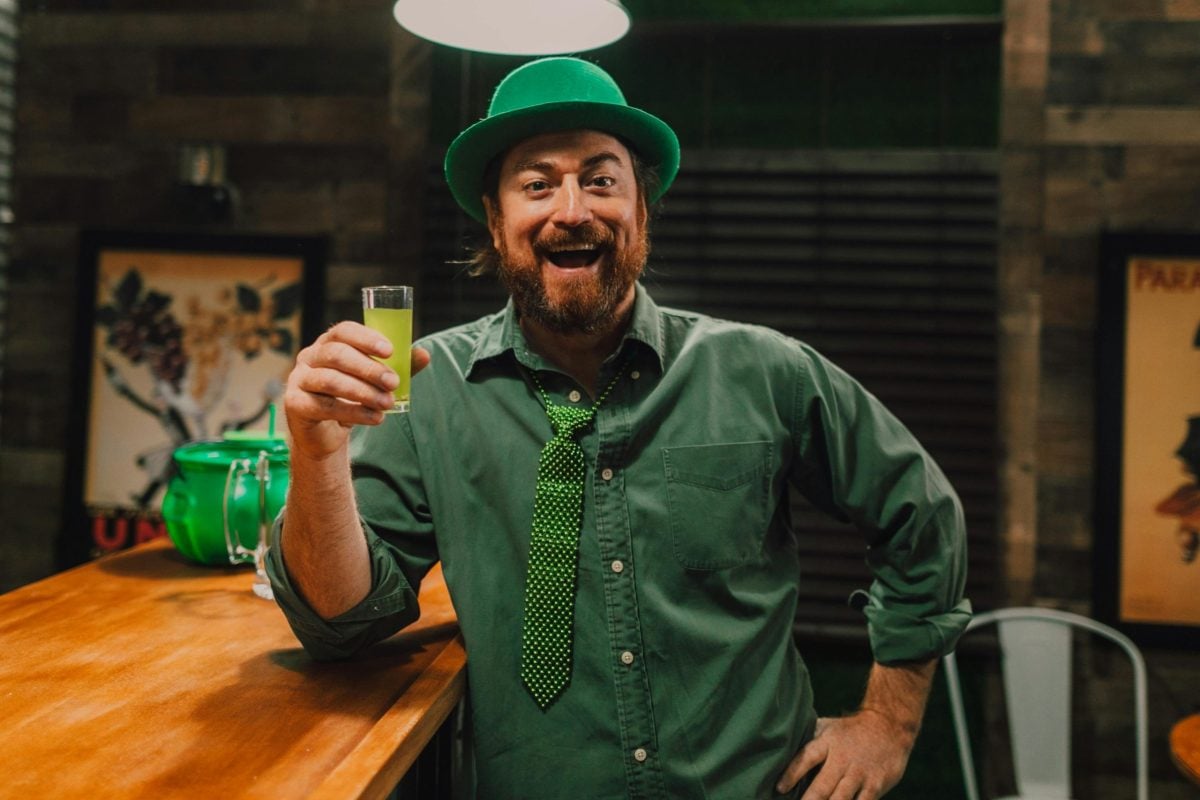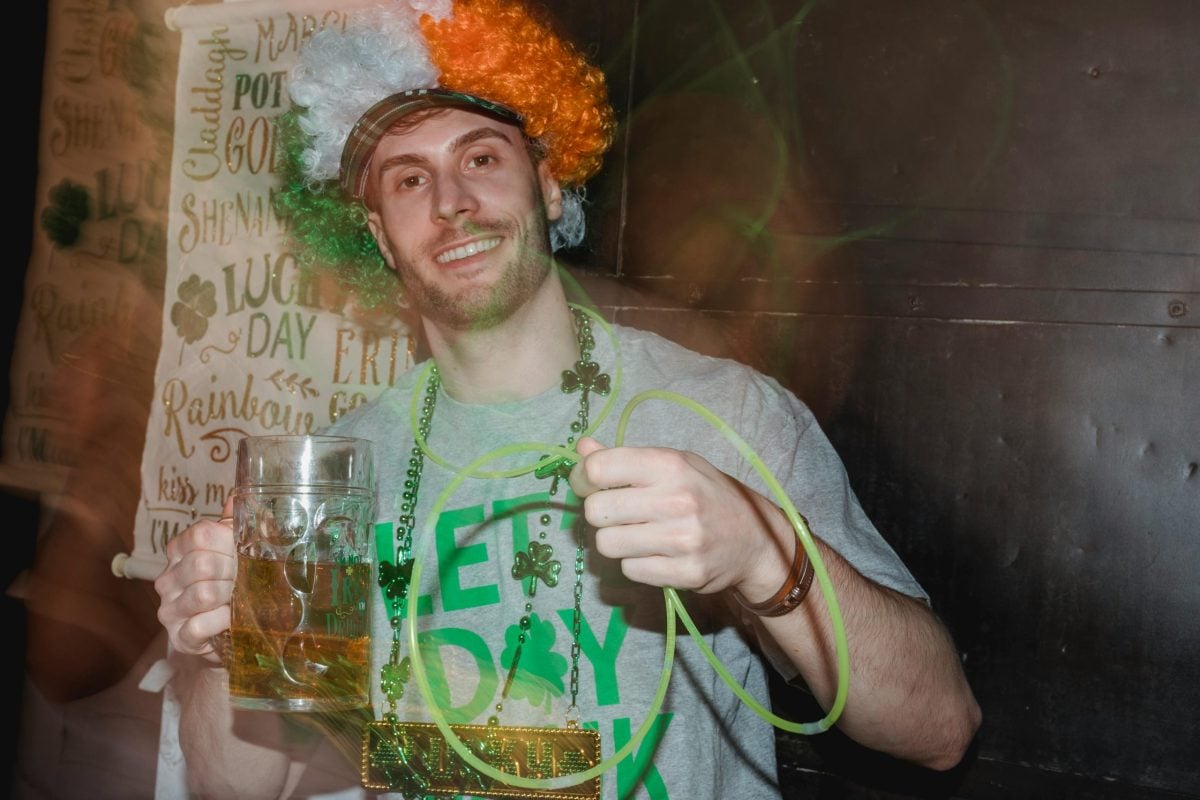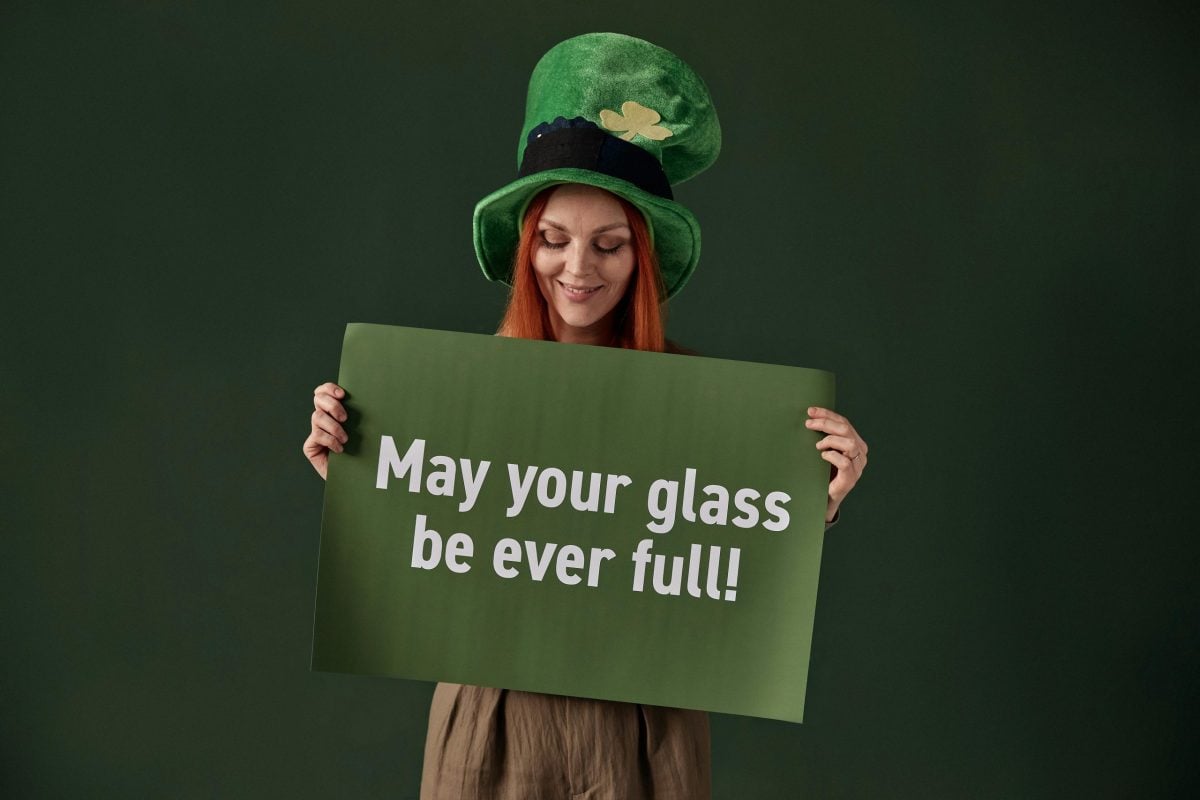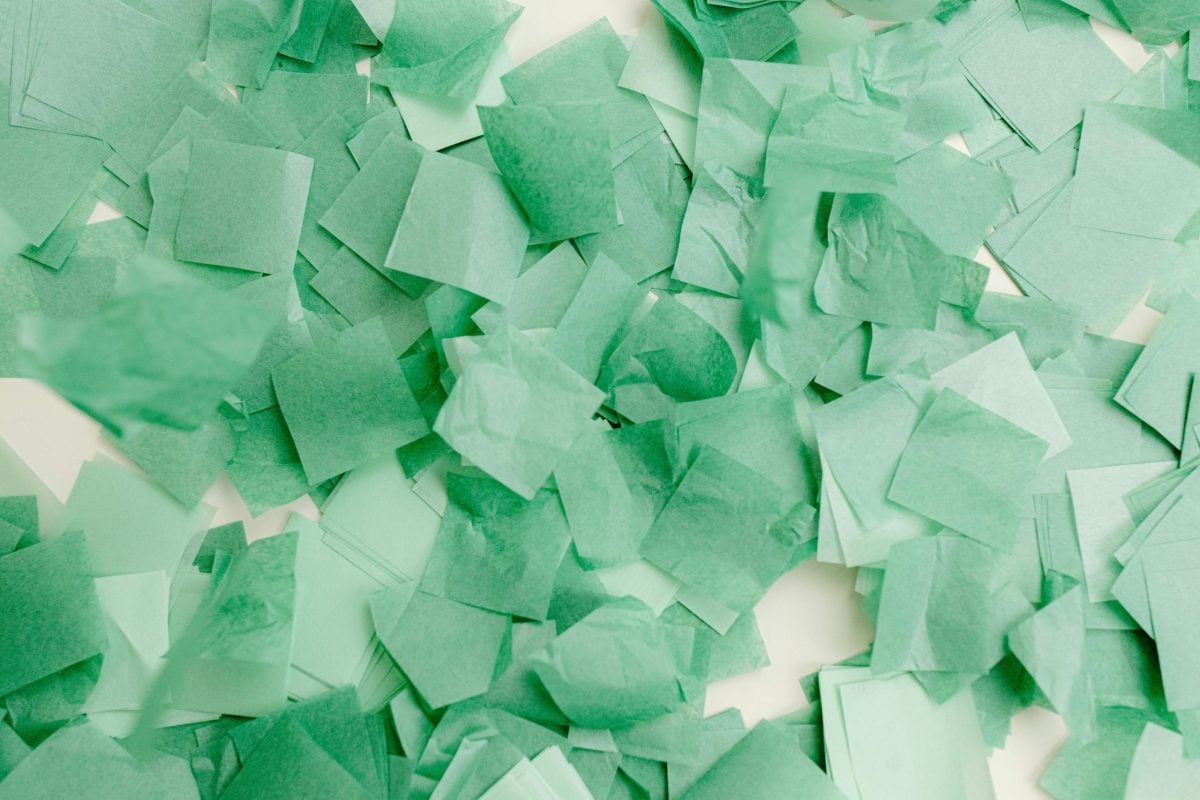handlebars
Estimated reading time: 6 minutes
- Introduction
- The Black and White Memories of the Local GAA
- Handlebars of Freedom
- To the Diaspora
- The Song of Home
- Did You Know?
- FAQs
- Final Word
It’s a warm evening in a small Irish village, where laughter floats over the sound of hurling sticks and the clamor of youth playing at the edge of the pub. There’s a story being told, like many before it, one that whispers of handlebars, the kind that once kept the dreams of an entire generation afloat as we pedaled away into the uncertain twilight, visions of glory painted against the backroad sunsets.
The Black and White Memories of the Local GAA
The clatter of cleats against the old gravel path tells a tale just as rich as the green of the fields that surround it. Here, in the shadow of green hills, the GAA and its county jerseys have long been a lifeblood to the community. Memories intertwined with laughter, arguments over which jersey holds the most pride. Will it be the emerald green of Kerry or the saffron and green of Donegal? We wore them like armor, marching into feuds over not just sport but identity itself, like warriors to a battle and thought little of the handlebars that once helped us dream those dreams.
Handlebars of Freedom
When I cast my mind back, it’s not just the games that echo through my memory but the bicycles too — those cheap, second-hand things we rode like legends, handlebars wrapped in fraying rags as we raced through fields, feeling like champions in our humble kingdoms. We called Brexit the “Big Divorce,” but in the suburbs where I grew up, we realized freedom came with its own kind of sorrow. Those handlebars were our only escape, pushing us past skylines where hope ebbed and flowed like the tide along The Wild Atlantic Way, leading us to patches where only the ghostly whispers of folklore dared to tread.
To the Diaspora
As the years melted into decades, the handlebars became symbols of our journeys, leaving home and scattering like seeds in the wind. In Boston, New York, Sydney, we found solace in familiar places, collecting our county jerseys like badges of a shared past. Those handlebars helped us pedal through cobbled streets to Irish bars, recalling the crack and the songs of our youth, drinking to the health of Kilkenny or Tipperary folk, reminiscing of evenings filled with anticipation before big matches, and the sweetness of victory lightened only by the tears of defeat.
The Song of Home
Now, I sit in a pub, pints of stout at hand, where the lively singalongs echo off the walls. There’s a fervid excitement when mentions of a new GAA season arise. The camaraderie, the songs sung round spilled beers—these are the handlebars that guide us back home, bringing us full circle to embrace what once was, infusing our spirits with the wild rebellion of youth and a lingering sense of belonging. Even when the last chords of a rebel ballad fade, we hold tightly onto the essence, the love that carries us through life’s exuberant highs and brutal lows, a welcome that never stings.
Did You Know?
- The GAA was founded in 1884 and is a cornerstone of Irish culture, promoting Gaelic games and nurturing local identity.
- Kerry has won the most All-Ireland Senior Football Championships, showcasing a proud sporting legacy that ignites county pride like none other.
- In the 1920s, Irish cyclists often used salvaged bicycle parts to create custom rides, making every pedal feel like a challenge against the world.
- ‘Fleadh Cheoil’ is a national music competition, where music and storytelling intertwine to transform bars across Ireland into stages for our shared history.
FAQs
What does the GAA represent in Irish culture?
The GAA is not just a sports organization; it symbolizes community, pride, and identity across Ireland. Discover some of the finest GAA jerseys at HubIrish.com.
How can I connect with Irish culture while living abroad?
Join local Irish communities and clubs, keep the spirit alive with jerseys that resonate with home—like the golden threads of our heritage sewn into every stitch. You can explore our county selections to wear your pride at HubIrish.com.
Final Word
So, as you are drawn in by the echoes of memory, often the stories told over a pint become part of the very fabric of our lives. Embrace your handlebars, not just as a tool for travel but as a metaphor for the journey of your heart. If you carry the same pride we do, you’ll find a piece of home waiting at HubIrish.com.
